25 Table Manners That’ll Make You Rethink How The World Eats
Ever wonder why people around the globe eat so differently? What seems polite in one country might be rude somewhere else, and that’s what makes dining traditions so fascinating.
Explore surprising table manners from every corner of the world; you might just discover something that changes how you think about your next meal!
1. Slurping Noodles In Japan

When you’re enjoying a steaming bowl of ramen in Tokyo, making loud slurping sounds is actually a compliment to the chef. Many Westerners find this shocking since quiet eating is valued back home.
Slurping cools down the hot noodles and enhances the flavor by mixing air with the broth. Plus, it shows you’re really enjoying your meal! Next time you have noodles, maybe give it a try and see how different cultures celebrate food in their own unique ways.
2. Eating With Hands In India
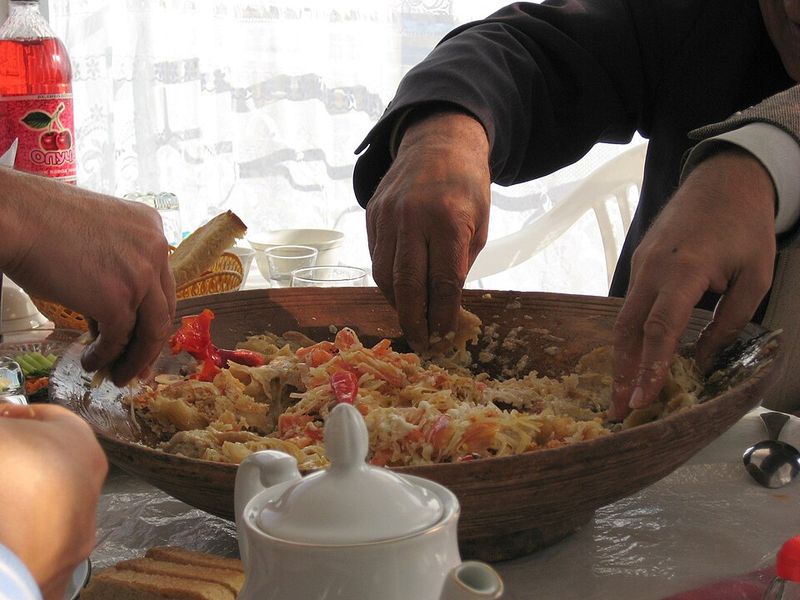
Forks and spoons take a backseat during traditional Indian meals where hands become the main utensils. Before you cringe, know that eating with your fingers actually connects you more deeply with your food.
Indians believe that touch enhances the dining experience and helps you gauge temperature better. Clean hands are essential, of course, and there’s even a proper technique involving the fingertips. Who knew that ditching silverware could make meals more meaningful and enjoyable?
3. Leaving A Bit Of Food In China

Finishing every last bite on your plate might seem polite, but in China, it sends the wrong message entirely. Leaving a small amount of food shows your host provided more than enough to satisfy you.
If you clean your plate completely, your host might worry they didn’t serve you enough food. Talk about a cultural flip! This tradition comes from a place of generosity and hospitality, proving that sometimes less really is more when it comes to showing appreciation.
4. Saying Bon Appétit In France
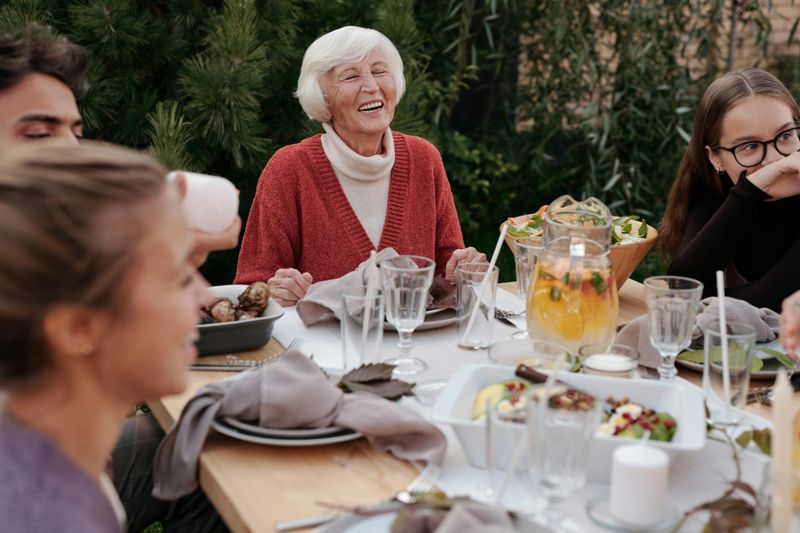
You might think saying “Bon Appétit” before a meal in France is perfectly polite, but many traditional French people actually avoid this phrase. Surprisingly, it’s sometimes considered a bit too casual or even slightly rude in formal settings.
The reasoning? Wishing someone a good appetite implies they might be overly hungry or lacking manners. Instead, simply begin eating when everyone is served. Cultural quirks like these remind us that language and etiquette go hand in hand across different societies!
5. Tipping Rules In The United States

Americans practically expect tips at restaurants, and leaving 15 to 20 percent is considered standard practice rather than optional generosity. Servers often rely on tips as a major part of their income since base wages can be quite low.
Visitors from countries where tipping isn’t customary often find this confusing and sometimes frustrating. However, understanding this system helps you avoid awkward situations and ensures fair compensation. When in America, always factor tipping into your dining budget for a smooth experience!
6. Toasting In Russia

Raising a glass in Russia involves much more than a simple clink and sip. Toasts can be lengthy, heartfelt speeches that honor friendship, family, or important occasions with genuine emotion.
Eye contact during the toast is absolutely essential, and avoiding someone’s gaze is considered disrespectful or even suspicious. Also, once you start toasting with vodka, you’re expected to finish your glass completely. Russian hospitality runs deep, and their toasting traditions prove that celebrations deserve proper attention and respect every single time!
7. Sharing Dishes In Spain

Spanish dining culture revolves around communal eating where everyone shares multiple small plates called tapas. Ordering your own individual entrée would seem odd and even antisocial in many Spanish restaurants.
Sharing food creates bonding moments and encourages conversation, making meals last for hours. Don’t be surprised if strangers at the next table offer you a taste of their dish! Spain teaches us that food tastes better when enjoyed together, turning every meal into a celebration of friendship and community spirit.
8. Eating With The Right Hand In The Middle East

Throughout Middle Eastern countries, using your right hand for eating is a deeply rooted cultural and religious practice. Your left hand is traditionally reserved for personal hygiene tasks, making it inappropriate for handling food.
Even left-handed people adapt to this custom out of respect for tradition and fellow diners. Accidentally reaching for food with your left hand can cause discomfort or offense. Understanding these customs shows cultural awareness and helps you navigate meals gracefully wherever your travels might take you next!
9. Using Bread As A Utensil In Ethiopia

Ethiopian cuisine turns bread into the ultimate edible utensil with injera, a spongy sourdough flatbread that serves as both plate and fork. Meals are served directly on large pieces of injera, and diners tear off smaller pieces to scoop up stews and vegetables.
Sharing from a communal platter strengthens social bonds and creates intimate dining experiences. Plus, you never have to worry about washing dishes! Ethiopian dining proves that sometimes the simplest solutions are also the most delicious and environmentally friendly ones around.
10. Dining Quietly In Korea
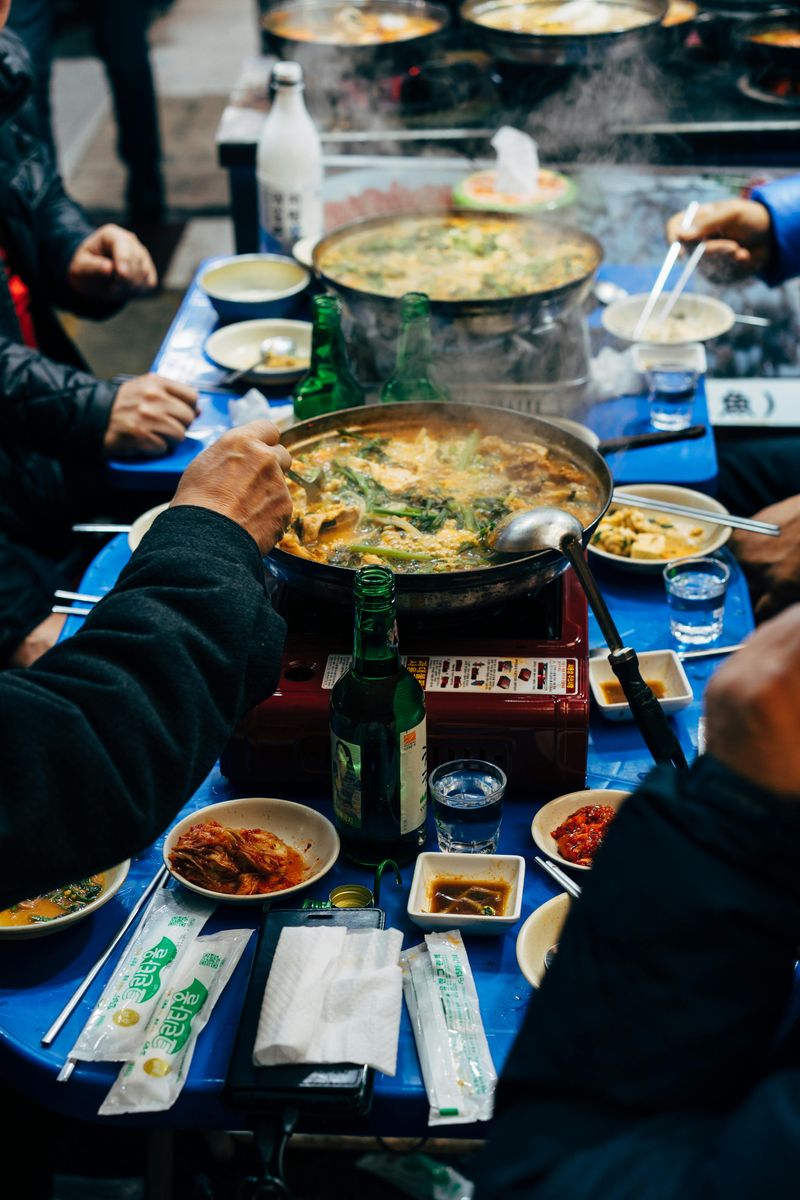
Peaceful, quiet mealtimes are highly valued in Korean culture, where conversation takes a backseat to enjoying the food. Loud talking or laughing during meals is often seen as disrespectful and distracting from the dining experience.
Elders eat first, and younger people wait patiently before picking up their chopsticks. Chewing with your mouth closed and eating at a moderate pace shows good manners. Korean dining etiquette emphasizes mindfulness and respect, reminding us that sometimes silence speaks louder than words when appreciating a well-prepared meal together.
11. Sitting On The Floor In Turkey

Meals in Turkish homes are often enjoyed around low tables, with families sitting on cushions or carpets instead of chairs. The floor seating creates a cozy, intimate atmosphere that brings everyone closer both physically and emotionally.
Guests remove their shoes before entering the dining area as a sign of respect and cleanliness. Your legs might fall asleep at first, but the warmth and hospitality make it worthwhile! Turkish floor dining teaches us that comfort comes in many forms across different cultures worldwide.
12. Waiting For The Eldest To Eat First In Thailand

Respect for elders runs incredibly deep in Thai culture, especially during mealtimes when the oldest person always eats first. Younger family members and guests wait patiently, showing restraint even when hungry.
Starting to eat before the eldest is considered extremely rude and disrespectful to family hierarchy. Once the elder begins, everyone else can follow suit and enjoy the meal together. Thailand reminds us that patience and respect create harmony at the dinner table, making meals about more than just satisfying hunger alone.
13. Avoiding Salt On The Table In Egypt

Adding salt to your food at an Egyptian dinner table can seriously offend your host because it suggests their cooking needs improvement. Chefs and home cooks take great pride in seasoning dishes perfectly before serving them.
Reaching for extra salt implies the food is bland or poorly prepared, which is a major insult. If you absolutely need more seasoning, ask politely and discreetly rather than just grabbing the shaker. Egyptian dining etiquette teaches us that sometimes keeping quiet about seasoning preferences shows better manners than speaking up!
14. Never Pouring Your Own Drink In Japan

Japanese drinking etiquette involves a beautiful exchange where you pour for others and they pour for you in return. Pouring your own drink is considered selfish and breaks the social harmony of the meal.
Keeping an eye on your companions’ glasses and refilling them shows attentiveness and respect. When someone offers to pour for you, hold your glass slightly raised with both hands. Japan transforms something as simple as pouring a beverage into an opportunity for connection and mutual care throughout the entire dining experience!
15. Using Fork And Knife Differently In Europe

In much of Europe, the fork stays in the left hand and the knife in the right throughout the meal. Food is eaten from the back of the fork, with the tines pointed downward.
Switching your fork to your right hand after cutting seems awkward and inefficient to most Europeans. Mastering this technique takes practice but makes you look sophisticated at formal dinners. European dining style proves that sometimes sticking to tradition creates elegance and efficiency at the same time!
16. Eating Late Dinners In Argentina

Argentines typically eat dinner around 9 or 10 PM, which would feel impossibly late for people accustomed to earlier mealtimes. Restaurants don’t even get busy until well after sunset, and kitchens stay open past midnight.
Late dining allows families to gather after work and enjoy leisurely meals without rushing. Showing up at 6 PM might mean finding empty restaurants or confused waiters! Argentina shows us that timing is everything, and adjusting your internal clock opens doors to experiencing authentic local culture and incredible food experiences.
17. Saying Grace Before Meals In The Philippines

A prayer of thanks before eating is a cherished tradition in Filipino culture, reflecting deep religious values. Even in restaurants, families often pause for a quick blessing before digging in.
Guests are expected to participate respectfully, even if they don’t share the same beliefs. Skipping grace or starting to eat early shows poor manners and disrespect. Philippines dining culture beautifully blends faith with food, reminding us that gratitude makes every meal taste better and brings people closer together through shared values and traditions.
18. Avoiding Leftovers In Italy
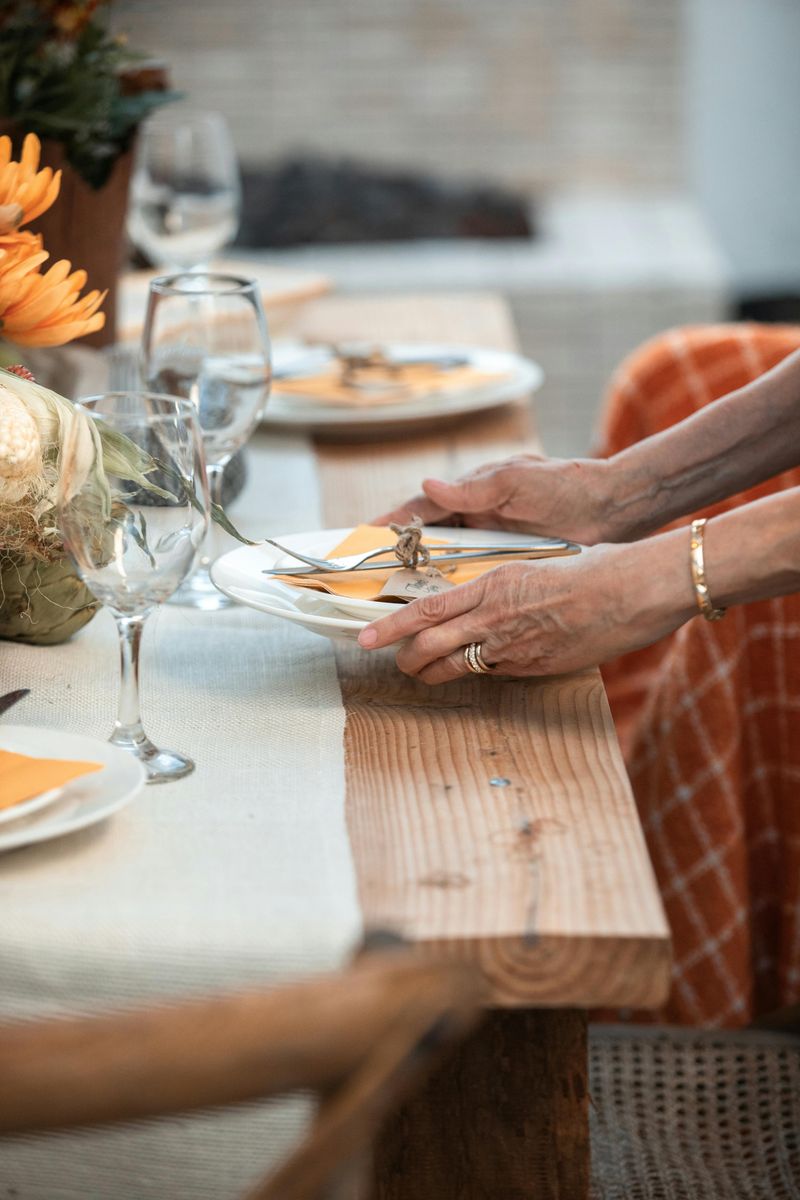
Finishing everything on the plate is a point of pride in Italian culture, as leaving food can imply the meal wasn’t enjoyable or well-prepared. Wasting food is considered disrespectful to both the cook and the ingredients.
Portion sizes are usually reasonable, so cleaning your plate shouldn’t feel like an impossible challenge. Taking home leftovers is rare and sometimes considered strange in traditional settings. Italian dining etiquette reminds us that appreciating food fully means savoring every bite and showing gratitude through our actions rather than just our words alone!
19. Using Chopsticks Correctly In China
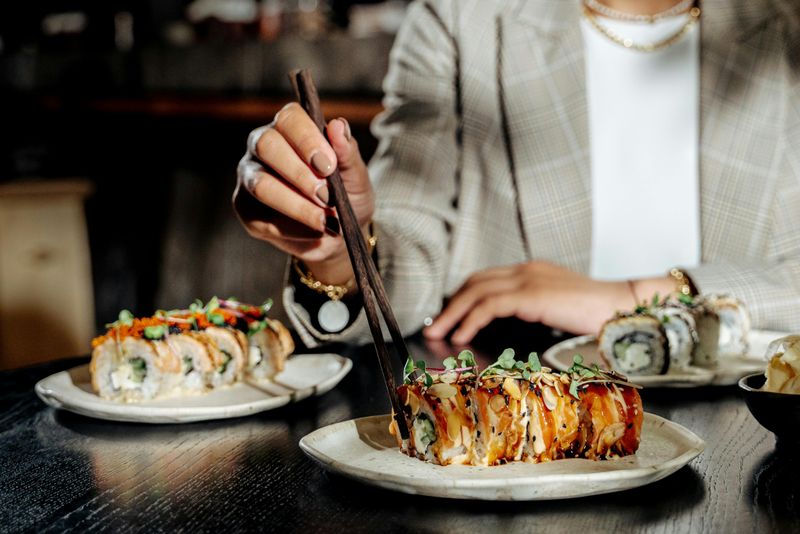
Chopstick etiquette in China involves numerous rules that go far beyond just picking up food successfully. Sticking chopsticks vertically into rice resembles incense at funerals and is considered extremely bad luck and disrespectful.
Pointing chopsticks at people, waving them around, or using them to spear food all break important social rules. Resting them properly on a holder between bites shows good manners. China’s chopstick customs prove that even simple utensils carry deep cultural meaning and require mindfulness throughout every single meal you enjoy!
20. Eating Fish Whole In Portugal

Fresh seafood is celebrated in Portuguese cuisine by serving fish whole—head, tail, and bones included. While some diners may find it intimidating, locals view it as a mark of freshness and quality.
Learning to navigate around bones and extract the tender meat is part of the authentic experience. Flipping the fish over is considered bad luck, so eat one side completely first! Portugal teaches us that embracing food in its natural form connects us more deeply to what we eat and where it comes from originally.
21. Serving Guests First In Morocco
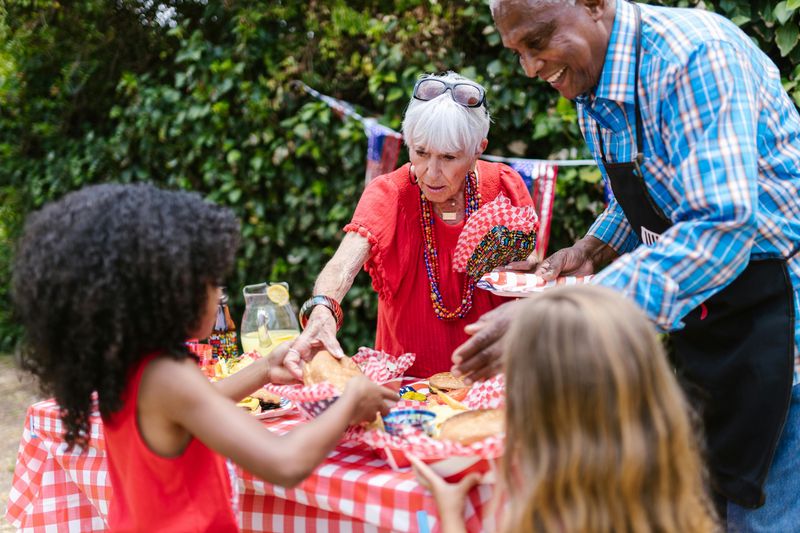
Hospitality in Morocco is legendary, with hosts going to great lengths to ensure guests eat well and feel welcomed. The best portions and most tender pieces of meat are always offered to guests first before anyone else serves from the communal dish.
Refusing food repeatedly might offend your host, so accept graciously even if you’re full. Eating with your right hand from the communal plate creates intimacy and trust. Morocco shows us that generosity and warmth transform ordinary meals into memorable experiences that guests will cherish and remember fondly for years to come!
22. Refusing Seconds Politely In Finland
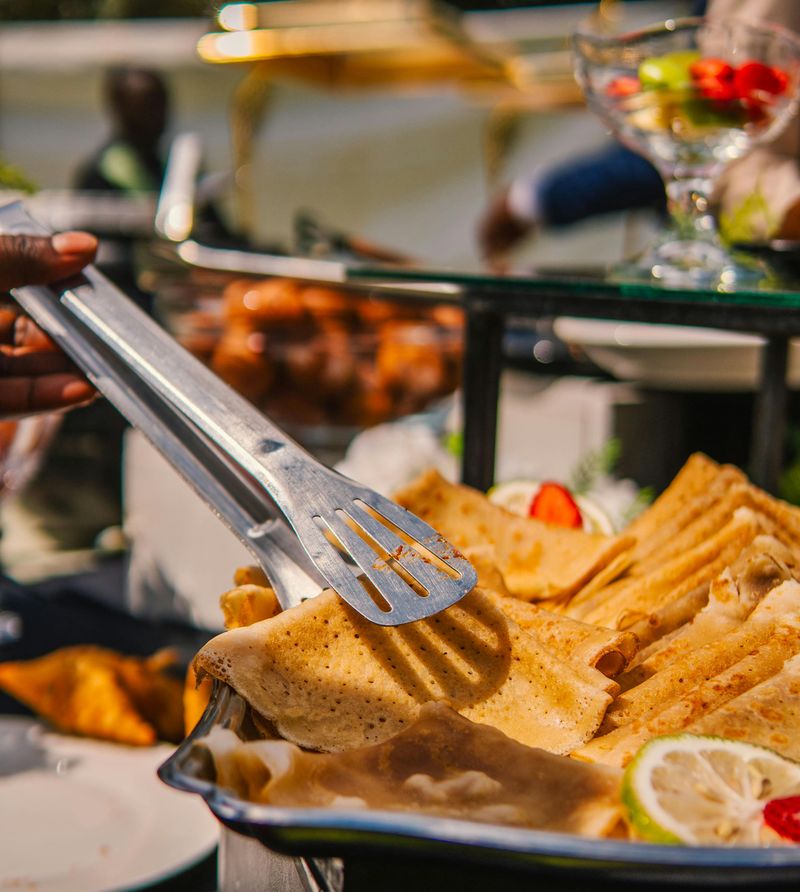
Generous yet respectful, Finnish hosts offer plenty of food but never pressure guests to take more. Declining seconds isn’t considered rude; honesty and directness about appetite are valued and appreciated.
Saying no politely is perfectly acceptable and won’t hurt anyone’s feelings or damage relationships. Overeating to please your host isn’t expected or encouraged here. Finland teaches us that respecting personal choices and boundaries creates comfortable dining experiences where everyone can relax and enjoy meals at their own pace without unnecessary social pressure or awkwardness throughout the evening!
23. Never Mixing Sauces In France
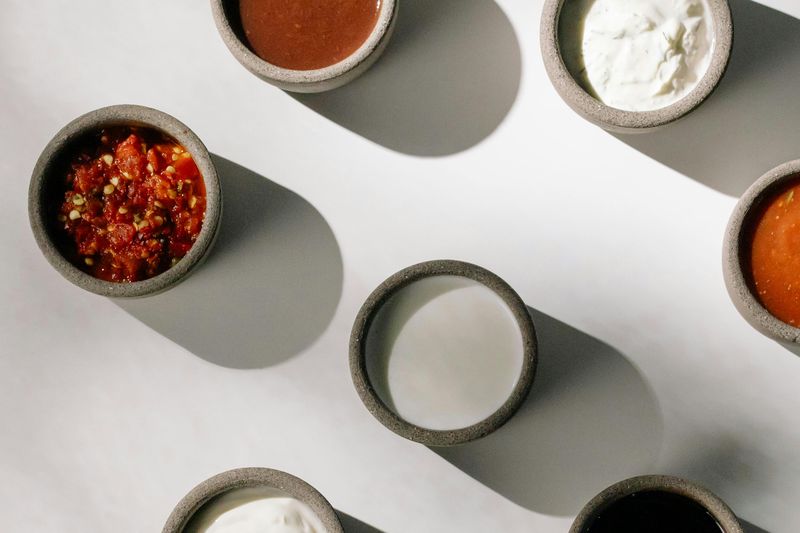
French cuisine treats sauces as art forms that shouldn’t be carelessly mixed together on your plate. Each sauce is carefully crafted to complement specific ingredients, and combining them shows disrespect for the chef’s vision.
Keeping different elements separate allows you to appreciate individual flavors and the skill involved in preparation. Swirling everything together like a child would horrify traditional French diners! France reminds us that culinary artistry deserves mindful appreciation, and sometimes restraint brings out the best flavors rather than mixing everything into one confusing mess on your plate.
24. Using Banana Leaves In Indonesia

Meals in Indonesia are often served on banana leaves rather than plates, creating an eco-friendly and aromatic experience. The leaves’ natural antibacterial properties add a subtle flavor while keeping the food fresh.
After eating, the leaves can be composted or fed to animals, creating zero waste. Eating with your hands directly from the leaf feels primal and connects you to centuries-old traditions. Indonesia proves that nature provides perfect solutions for sustainable dining, and sometimes the old ways are actually the smartest and most environmentally responsible choices available today!
25. Eating Silently As Respect In Sweden

Swedish dining culture values quiet, peaceful meals where loud conversations and laughter are minimized to show respect for the food. Silence allows everyone to focus on flavors and enjoy their meal without distractions or chaos.
Chewing quietly and avoiding slurping or smacking sounds is absolutely essential for good manners. Conversation happens before and after meals rather than during eating. Sweden teaches us that mindfulness and respect can transform mealtimes into meditative experiences, proving that sometimes the most meaningful connections happen in comfortable silence rather than constant chatter and noise throughout dinner!






